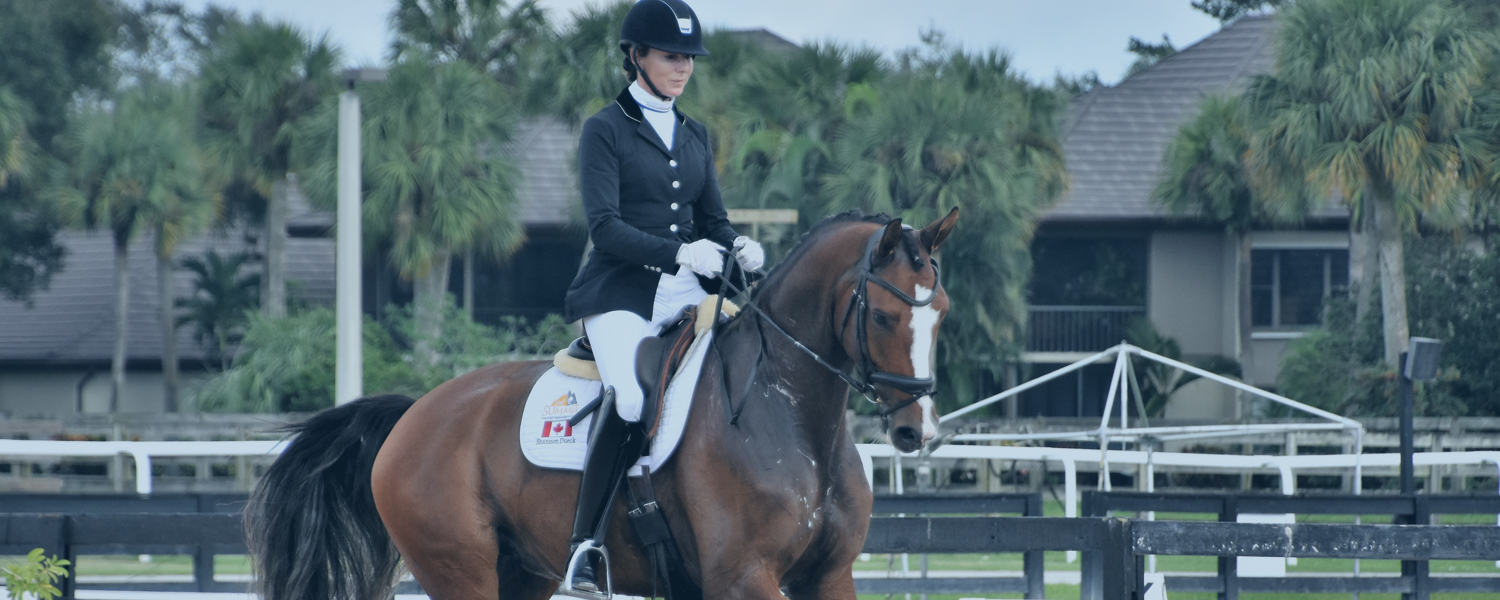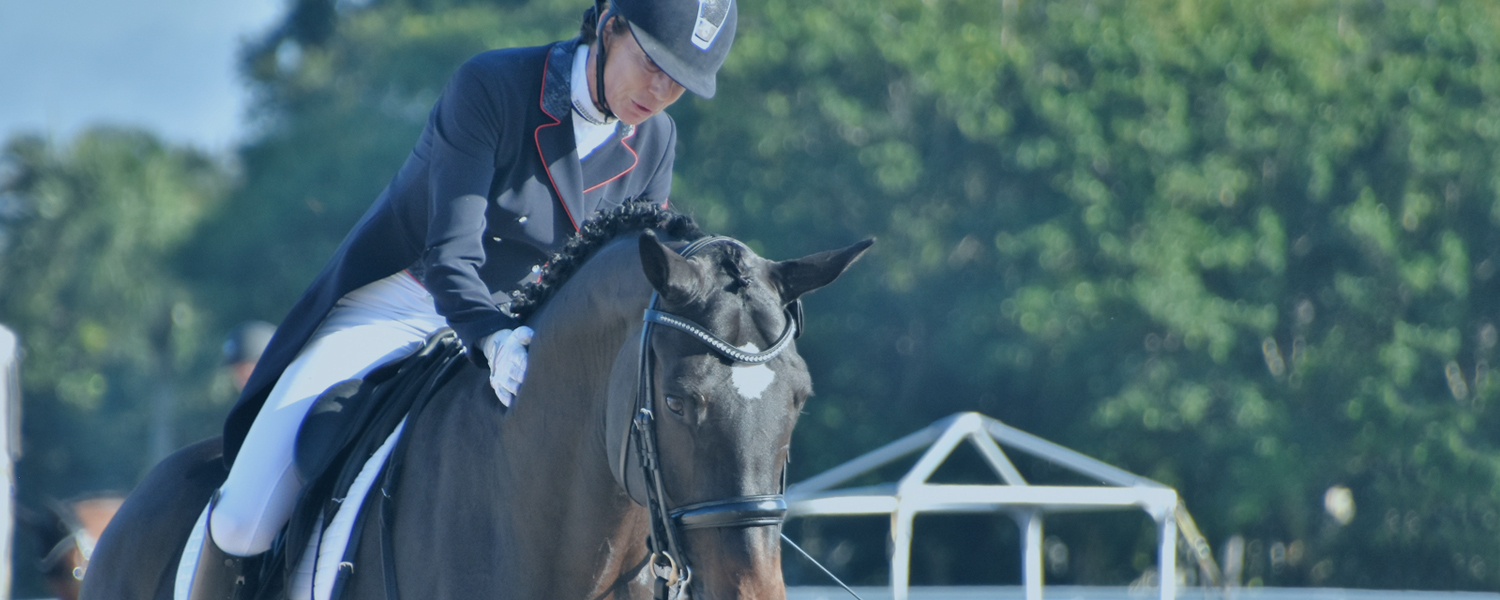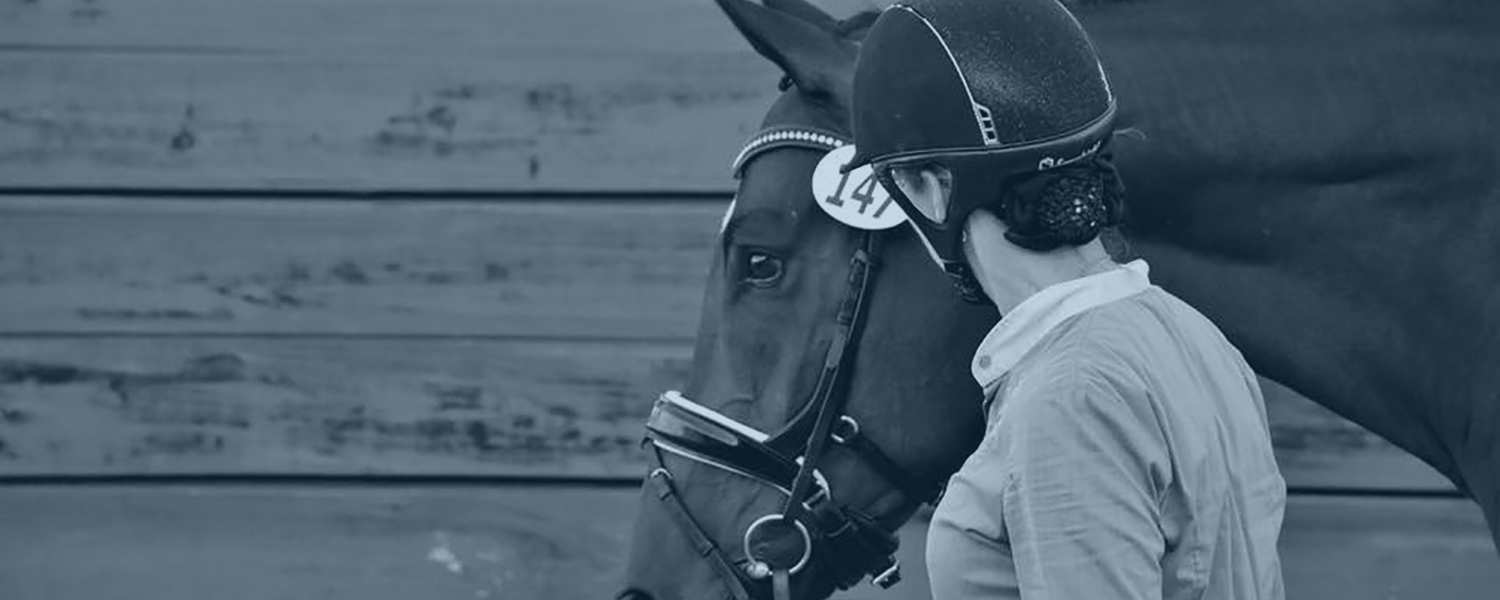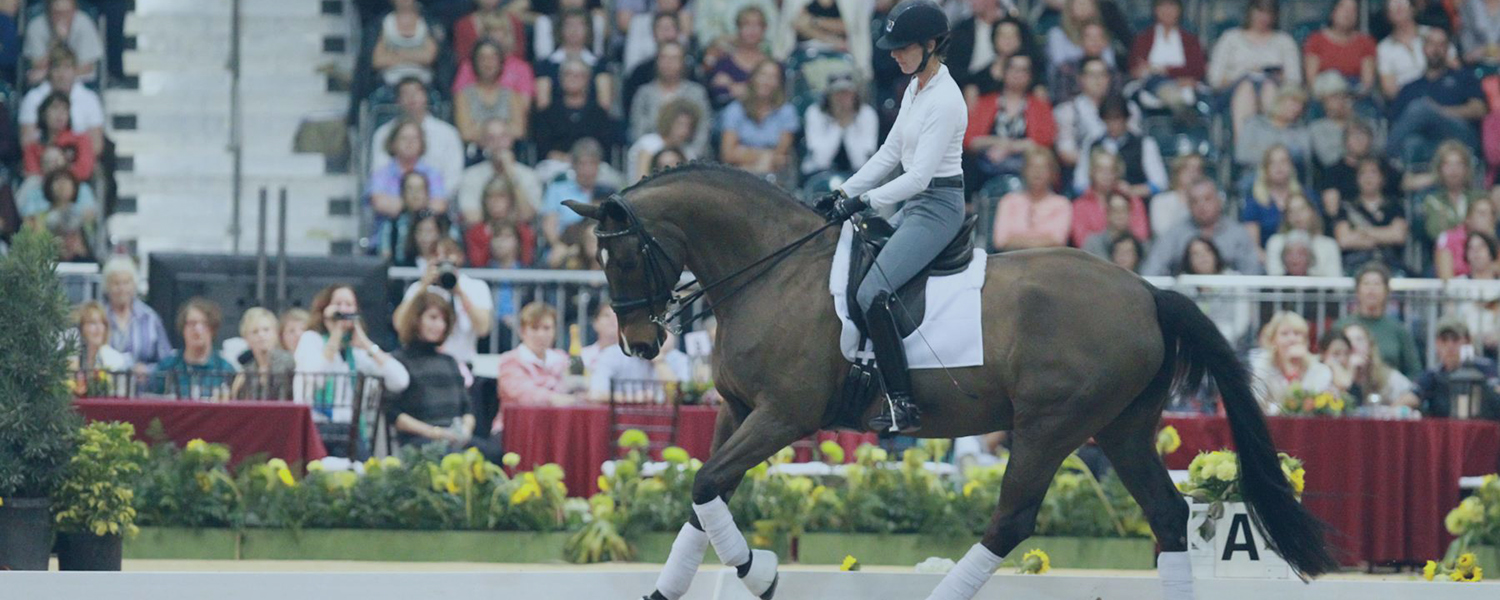Continuing on from last month’s article on starting the flying change, I decided to put my thoughts down about how to improve the quality of the changes. A good flying change is much more that switching canter leads. A good change has energy, balance, and throughness for expression. A great change is also completely straight, uphill and big. Once my horse understands the preparation, timing and execution of a single flying change, my priority will be on improving all of these qualities. Instead of focusing on the flying changes, I will work on improving the canter and taking these improvements into the changes. In light of this my next couple of articles will be on continuing to enhance the canter, after that I will revisit the flying changes as a movement.
A horse training at 3rd Level has some collection and extension introduced already, but over time the trainer must keep improving the horse’s ability to compress and extend the gaits. Now is the right time to introduce the concept of ultra collection in the canter (pirouette canter) for short periods of time. I like to introduce a few steps of ultra collection on a 20 meter circle to begin with, because it is easier for my horse to stay through and relaxed when I can use a little lateral suppleness (bend). For a few strides I will sit a little deeper, lower my elbows a little more, support the canter stride a little more with my legs and seat, and ask with my elbow and hand for my horse to sit more underneath me. It is very important that I don’t pull him back, which will only serve to stop the hindlegs from working properly. It’s got to be done with relaxation and introduced with just a few strides before releasing the horse forward. I did say support with legs and seat, but I don’t want to squeeze too hard. I want my horse to understand to stay in canter, but I also would like to train him to carry me in all my work (not the other way around).
When I can do a few strides of very collected canter and then forward easily on the circle, I need to start asking for it on a straight line. Horses tend to put the haunches in during this work – they do this to avoid having to really engage their hindlegs. So to keep things progressing I need to do a few steps of ultra collection on the long wall, working on keeping my horse in a slight shoulder-fore throughout. After I can do that well, I keep us both honest by riding these steps of collection on a straight line off the wall – the quarter line will do just fine. Mirrors can be so helpful for working on straightness, I look ahead and make sure my horse (and I) are absolutely square and straight.
Of equal importance to developing collection is developing extension. Before I can prioritize developing a real extension my horse needs to go willingly forward out of my collection at all times. If I ever feel that the desire to go forward has been compromised, I must go away from collection and focus on forward until I have instilled it once again. When I know for sure that my horse can collect a few strides and will go willingly forward at any time I can focus on going forward out of the collection while remaining uphill. To ride this well I think about riding the shoulders up in front of my seat when doing the forward transition, and I make sure that I do not throw my horse away in front by dropping my connection or changing my balance, both of which are invitations to the horse to run down a hill instead of extend the stride up a hill.
This work on developing collection and extension needs to be done sparingly and not for too long at a stretch. Lots of rest breaks, lots of praise for good efforts, and working no more than 4 to 5 days a week is best. Over years this work develops a horse’s strength in the collection, but it does take years. A super talented young horse may seem strong, but even with these horses I caution to increase this work slowly as all their tendons, ligaments and muscles need time to strengthen without risk of injury. A well started youngster can easily begin this work by 6 years of age, but think of it only as baby steps, and give them a few years to really develop the strength to hold collection for longer periods of time.




